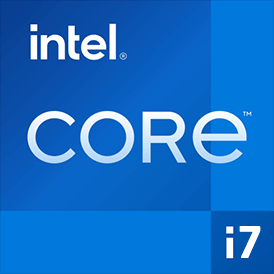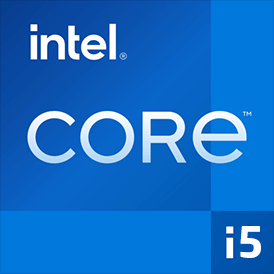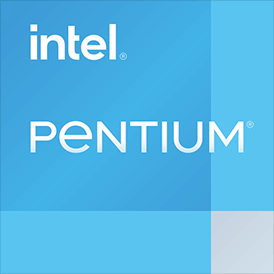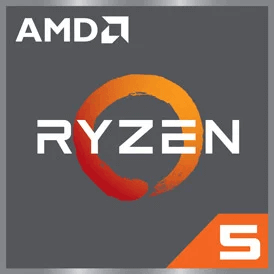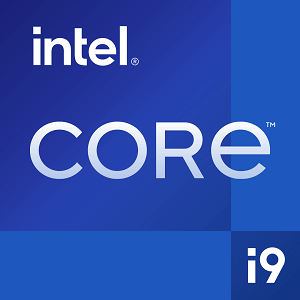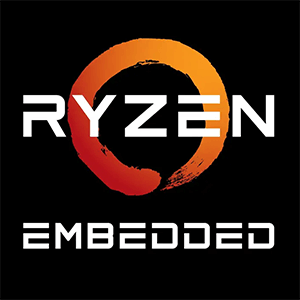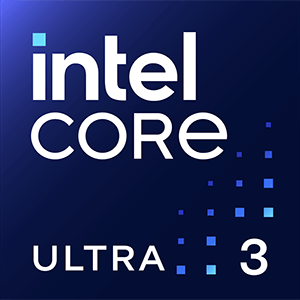Intel Core i7 14700 vs Intel Core i5 14400F
We compared two desktop CPUs: Intel Core i7 14700 with 20 cores 2.1GHz and Intel Core i5 14400F with 10 cores 2.5GHz . You will find out which processor performs better in benchmark tests, key specifications, power consumption and more.
Main Differences
Intel Core i7 14700 's Advantages
Integrated graphics card
Higher specification of memory (5600 vs 4800)
Larger memory bandwidth (89.6GB/s vs 76.8GB/s)
Larger L3 cache size (33MB vs 20MB)
Intel Core i5 14400F 's Advantages
Higher base frequency (2.5GHz vs 2.1GHz)
Score
Benchmark
Cinebench R23 Single Core
Intel Core i7 14700
+17%
2106
Intel Core i5 14400F
1791
Cinebench R23 Multi Core
Intel Core i7 14700
+102%
32602
Intel Core i5 14400F
16124
Geekbench 6 Single Core
Intel Core i7 14700
+19%
2866
Intel Core i5 14400F
2402
Geekbench 6 Multi Core
Intel Core i7 14700
+32%
16746
Intel Core i5 14400F
12609
Blender
Intel Core i7 14700
+116%
448
Intel Core i5 14400F
207
Passmark CPU Single Core
Intel Core i7 14700
+9%
4126
Intel Core i5 14400F
3785
Passmark CPU Multi Core
Intel Core i7 14700
+82%
46819
Intel Core i5 14400F
25659
General Parameters
Jan 2024
Release Date
Jan 2024
Intel
Manufacturer
Intel
Desktop
Type
Desktop
x86-64
Instruction Set
x86-64
Raptor Lake Refresh
Core Architecture
Raptor Lake Refresh
i7-14700
Processor Number
i5-14400F
LGA-1700
Socket
LGA-1700
UHD Graphics 770
Integrated Graphics
No
Package
10 nm
Manufacturing Process
10 nm
65 W
Power Consumption
65 W
219 W
Max Turbo Power Consumption
148 W
100°C
Peak Operating Temperature
100°C
CPU Performance
8
Performance Cores
6
16
Performance Core Threads
12
2.1 GHz
Performance Core Base Frequency
2.5 GHz
5.4 GHz
Performance Core Turbo Frequency
4.7 GHz
12
Efficiency Cores
4
12
Efficiency Core Threads
4
1.5 GHz
Efficiency Core Base Frequency
1.8 GHz
4.2 GHz
Efficiency Core Turbo Frequency
3.5 GHz
20
Total Core Count
10
28
Total Thread Count
16
100 MHz
Bus Frequency
100 MHz
21x
Multiplier
25x
80 K per core
L1 Cache
80 K per core
2 MB per core
L2 Cache
2 MB per core
33 MB shared
L3 Cache
20 MB shared
No
Unlocked Multiplier
No
Memory Parameters
DDR5-5600, DDR4-3200
Memory Types
DDR5-4800, DDR4-3200
192 GB
Max Memory Size
192 GB
2
Max Memory Channels
2
89.6 GB/s
Max Memory Bandwidth
76.8 GB/s
Yes
ECC Memory Support
No
Graphics Card Parameters
true
Integrated Graphics
-
300 MHz
GPU Base Frequency
-
1600 MHz
GPU Max Dynamic Frequency
-
256
Shader Units
-
16
Texture Units
-
8
Raster Operation Units
-
32
Execution Units
-
15 W
Power Consumption
-
0.78 TFLOPS
Graphics Performance
-
